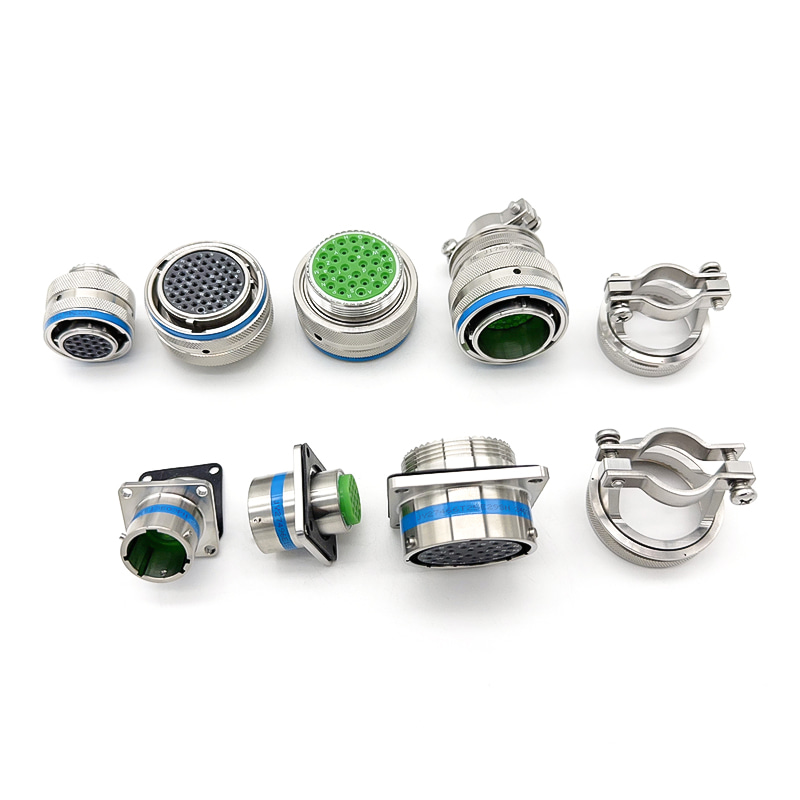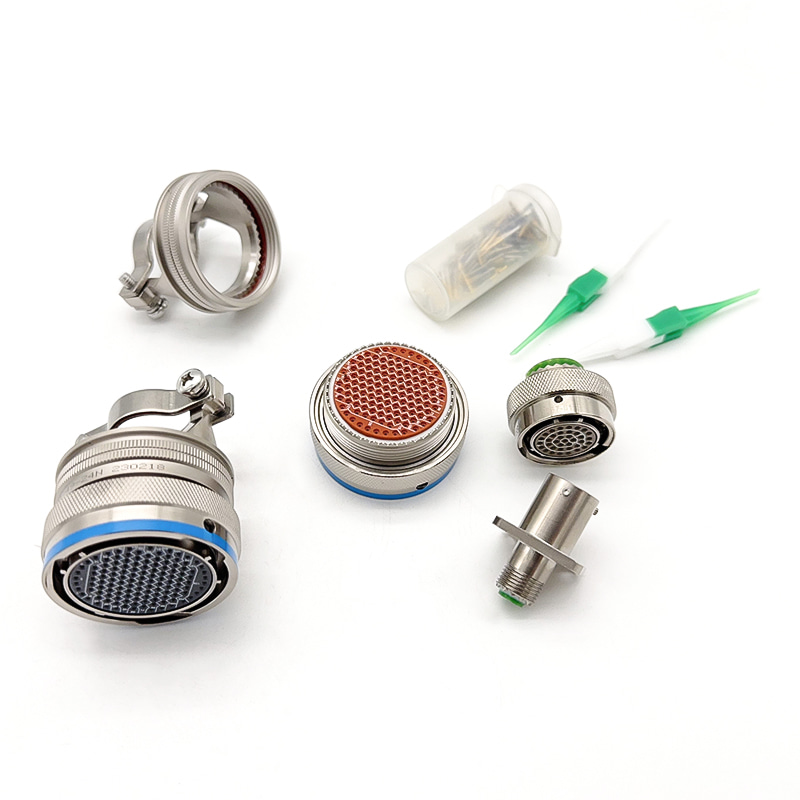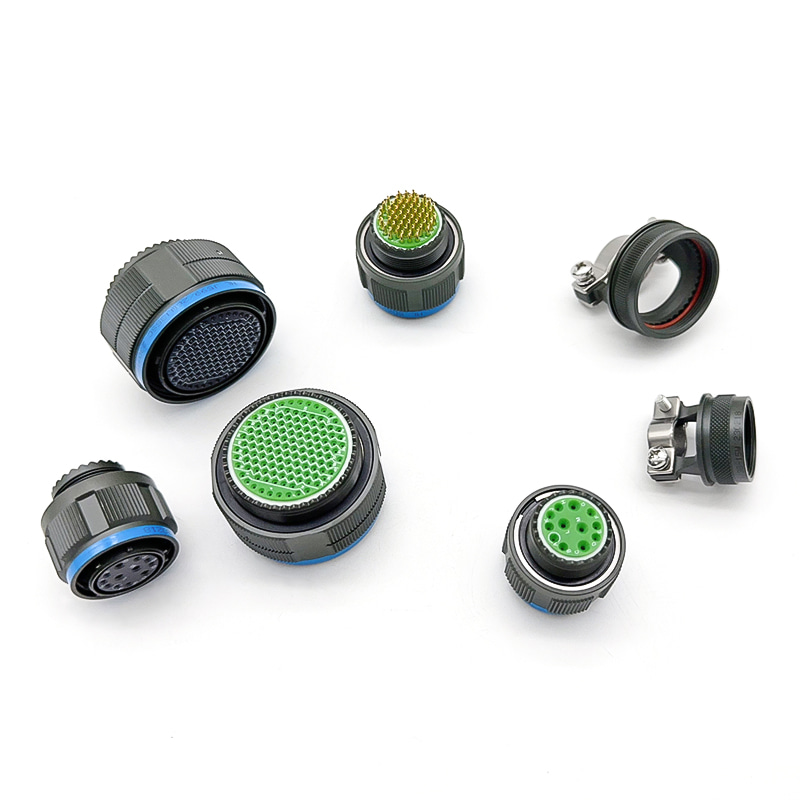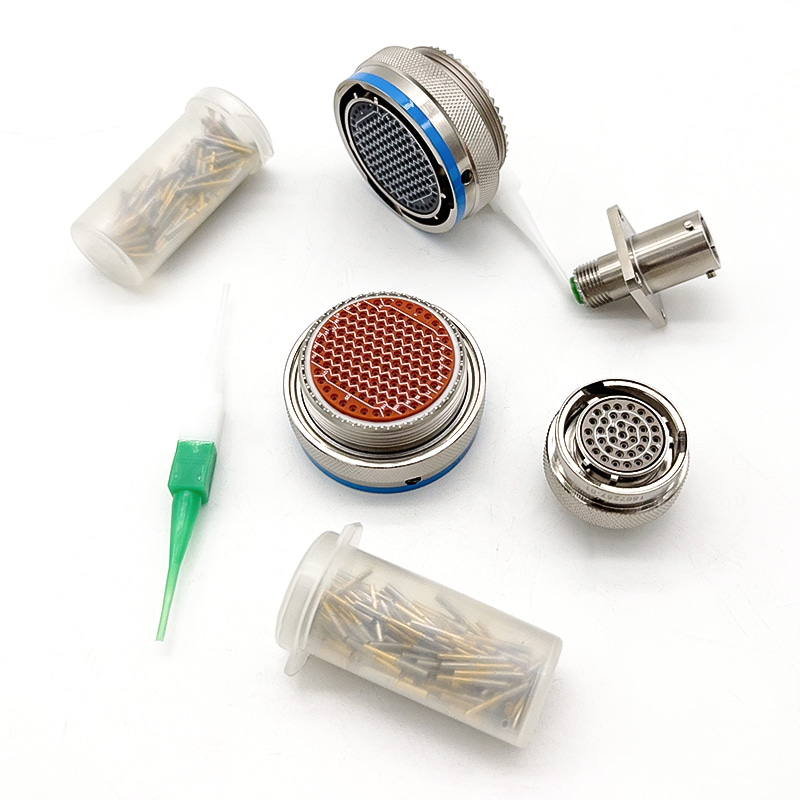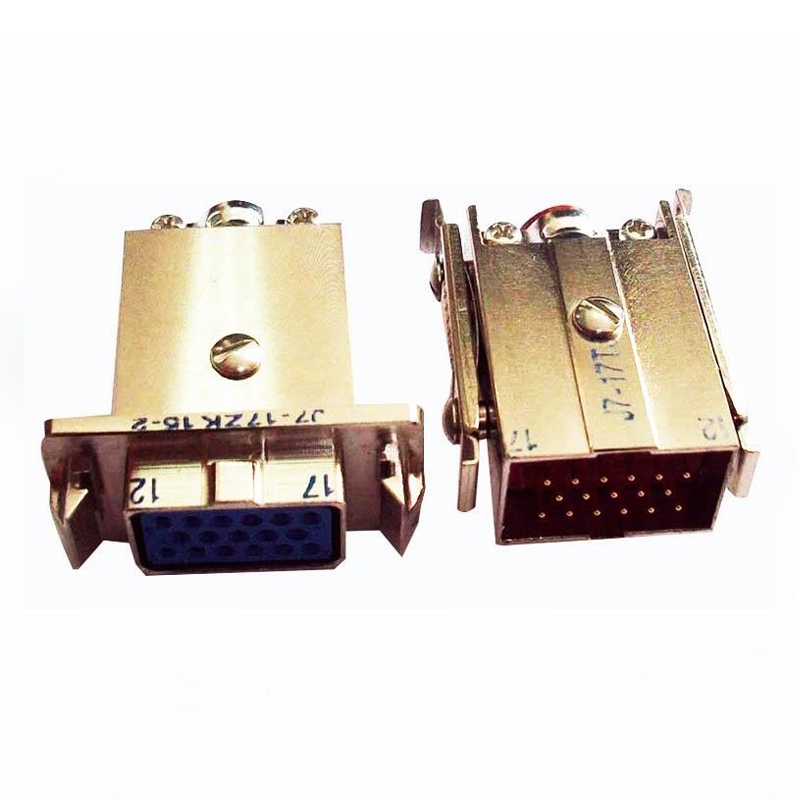- Home
- Products
- Solutions
- Quality
- Company
- Insight
- Contact
Web Menu
- Home
- Products
- Solutions
- Quality
- Company
- Insight
- Contact
Product Search
Exit Menu
Understanding military electrical connectors sizes: A Comprehensive Guide
-
All News
Product
- - Military Electrical Connectors
- - Circular Electrical Connector
- - Rectangular Electrical Connector
- - Push Pull Self-Locking Connector
- - Russian Connectors
- - Cable Connectors
- - RJ45 and USB Electrical Connectors
- - Fiber Optic Electrical Connectors
- - Anti Water And Electricity Connectors
- - Circular Power Connector
Understanding military electrical connectors sizes: A Comprehensive Guide
- 1 Introduction to Military Electrical Connectors
- 2 Key Size Parameters for Military Connectors
- 3 Current Rating vs. Size – Making the Right Choice
- 4 Circular vs. Rectangular Connectors – Size Comparisons
- 5 Specification Checklist for Selecting Sizes at Taizhou Henglian Electric Co., Ltd.
- 6 Summary and Best Practices for Size Selection
- 7 Frequently Asked Questions (FAQ)
Introduction to Military Electrical Connectors
The field of military-grade interconnects demands precision, durability and reliability. When we speak of military electrical connectors sizes, we refer not only to the physical dimensions of the connector shell, but also to the corresponding contact size, current carrying capacity and environmental resilience required for defence, marine and aerospace applications. At Taizhou Henglian Electric Co., Ltd., founded in April 2011 and specialising in electrical connector development, production and sales, we serve military varieties including circular and rectangular connectors for nuclear energy, railway, oil geophysical exploration and aerospace fields. With over 150 employees and a fixed asset of 30 million yuan, our technical centre and quality inspection centre support precise sizing and reliable manufacturing.
Key Size Parameters for Military Connectors
Shell size and its importance
- Shell size is the outer-dimension designation of circular connectors (for example the "size 8" through "size 36" series).
- A larger shell size generally means more space for contacts, higher current rating, more rugged construction and often heavier weight.
- For engineers referencing a military circular connector shell size chart, it is crucial to align shell size with the application constraints (space, weight, cable bundle diameter).
Contact size & wire gauge
- Contact size is related to the American Wire Gauge (AWG) of the conductor and determines current-carrying capacity.
- For example, a #16 contact may suit wire sizes 16, 18, 20, 22 AWG.
- Choosing the correct contact size ensures both reliable electrical performance and mechanical durability.
Current Rating vs. Size – Making the Right Choice
Size and current rating link
When selecting based on mil-spec electrical connector size and current rating, consider that higher current flow requires larger contact cross-section, better heat dissipation, and typically a larger shell. For example, heavy-duty power connectors such as those compliant with the specification MIL‑DTL‑22992 Class L cover current ratings from 40 A to 200 A and wire sizes from 6 AWG to 4/0 AWG. :contentReference[oaicite:5]{index=5}
Rugged environment considerations
In applications exposed to shock, vibration, salt-spray, submarine or coastal marine service, the shell size may need to be larger than minimal current requirements suggest to allow for robust materials and sealing. That is why when you ask "how to choose military connector shell size for rugged environments", you must evaluate environment rating (IP, salt spray hours), coupling mechanism, and shell material alongside size.
Circular vs. Rectangular Connectors – Size Comparisons
Circular connector shell size overview
- Circular connectors adopt shell size codes (e.g., size 8, 12, 16, 20…) with diameter increments typically in 0.0625″ (≈1.6 mm) steps.
- They are widely used in military applications for power, signal and data links under tough conditions.
Rectangular connector size overview
- Rectangular connectors often specify frame size, insert arrangement, contact count and overall envelope—less straightforward than circular shell sizes.
- They are chosen when high contact density is required or when panel-mount footprint is constrained.
Comparison table: circular vs. rectangular sizing and applications
| Feature | Circular Connectors | Rectangular Connectors |
|---|---|---|
| Shell/Frame size designation | Shell size 8-36 (e.g., 0.50″-2.25″) | Frame size, insert arrangement, contact count (varies) |
| Typical use | Power, signal, extreme environment in military/aero | High contact density, board-to-cable or rack-to-panel in defence/space |
| Advantages | Round shell offers good strength, sealing, universal mating | Compact footprint, high density, easier mounting |
| Considerations | May take more panel space for large shells | May require precise alignment, harder sealing in harsh environment |
Specification Checklist for Selecting Sizes at Taizhou Henglian Electric Co., Ltd.
At Taizhou Henglian Electric Co., Ltd., we specialise in both circular connectors (Y11, Y17, Y27, Y50, YGD, YLH, YM, YW, J599I/II/III, XC series) and rectangular connectors (J7, J14, J20J, J29A, J30J, J63A series) fulfilling national standards (Y2, Y4, YP, LYP, YD) and accommodating military, marine, railway, power-grid and aerospace applications. The following checklist helps ensure the correct size selection:
- Define maximum current and voltage required.
- Identify the environment: temperature range, vibration, shock, marine/sea-salt exposure.
- Select shell size (circular) or frame size (rectangular) that provides necessary space for contacts and cable bundle.
- Match contact size with conductor AWG and current rating.
- Ensure coupling, sealing and ruggedness requirements are met (especially for defence and aerospace use where three-defence function, high density and high reliability are key).
- Confirm manufacturer's certification: our company is certified to GJB9001C-2017 weapons and equipment quality management system and passes second-level secret certification of weapons and equipment production and research units.
Summary and Best Practices for Size Selection
In conclusion, choosing the correct size when addressing military electrical connectors sizes is a balance of shell/frame size, contact size, current rating, environment and form-factor (circular vs. rectangular). Using the long-tail insights—such as referencing a military circular connector shell size chart, aligning conductor gauge with the correct contact size, and understanding rugged environment demands—enables specification accuracy and reliability. At Taizhou Henglian Electric Co., Ltd., our advanced manufacturing equipment and experienced technical team ensure your connector sizing is optimised for demanding military and industrial applications.
Frequently Asked Questions (FAQ)
- Q1: What is the relationship between shell size and current carrying capacity?
— Larger shell sizes usually allow for more or larger contacts and thus higher current rating, but also depend on contact type and material. - Q2: How do I determine the correct contact size for my wire gauge?
— Use a chart that links AWG conductor size to contact size (for example, 16 AWG → size #16 contact). Refer to specialist guides. :contentReference[oaicite:9]{index=9} - Q3: When would I choose a rectangular connector instead of a circular one?
— When you need high contact density, space-efficient panel mounting, or rack-to-panel interconnects; rectangular may be ideal versus standard circular shell sizes. - Q4: How much does environment (vibration, salt-spray, temperature) affect size selection?
— Significantly: rugged environments may require larger shells, stronger materials, enhanced sealing—all of which influence sizing beyond current rating alone. - Q5: Why is referencing a "military circular connector shell size chart" important?
— Because shell size codes define mating compatibility, mechanical strength, contact count and enclosure space; mis-sizing can lead to mis-mating or performance issues.

- Address : Jiangping South Road, Zhangqiao Industrial Park, Taixing City, Jiangsu Province, China
- Phone : +86 176 0151 5794
- Whatsapp : +86 176 0151 5794
- Email :[email protected]
- Email :[email protected]
- Home
- Products
- Solutions
- Quality
- Company
- Insight
- Contact
Copyright © Taizhou Henglian Electric Co., Ltd China Custom Electrical Connectors Manufacturers

 English
English русский
русский Español
Español 简体中文
简体中文